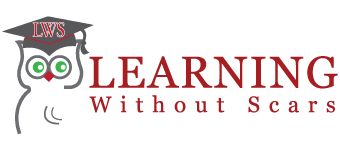The parts and service businesses within the construction equipment Industries has never had a precise method to calculate the share of the parts market for a specific brand. To some degree this has allowed the parts business to operate without a critical performance measure being in place.
This program married the market potential, that we cover in another class, with the actual sales for a dealership for a specific brand. The market potential model allows a dealer to calculate the potential consumption of parts on specific machines. That, together with the actual parts sales, allows a calculation to be done arithmetically that determines the percentage of a customer business obtained by a dealer.
This class provides a detailed methodology to calculate the share of the market the dealer obtains. This is the market capture rate that the dealer obtains in the parts business. Ideally, we would be able to perform this calculation by machine model. Unfortunately, we do not get the model and serial number for each parts sale.
Similarly, we touch on the “mean time to failure (MTF)” statistics provided by the OEM’s for their products. With territory potential, market capture we can drive market coverage methods which with the MTF the sales force can be targeting customer needs in a timely manner. This program covers all the details and methods required to perform the calculations required to measure market capture.
